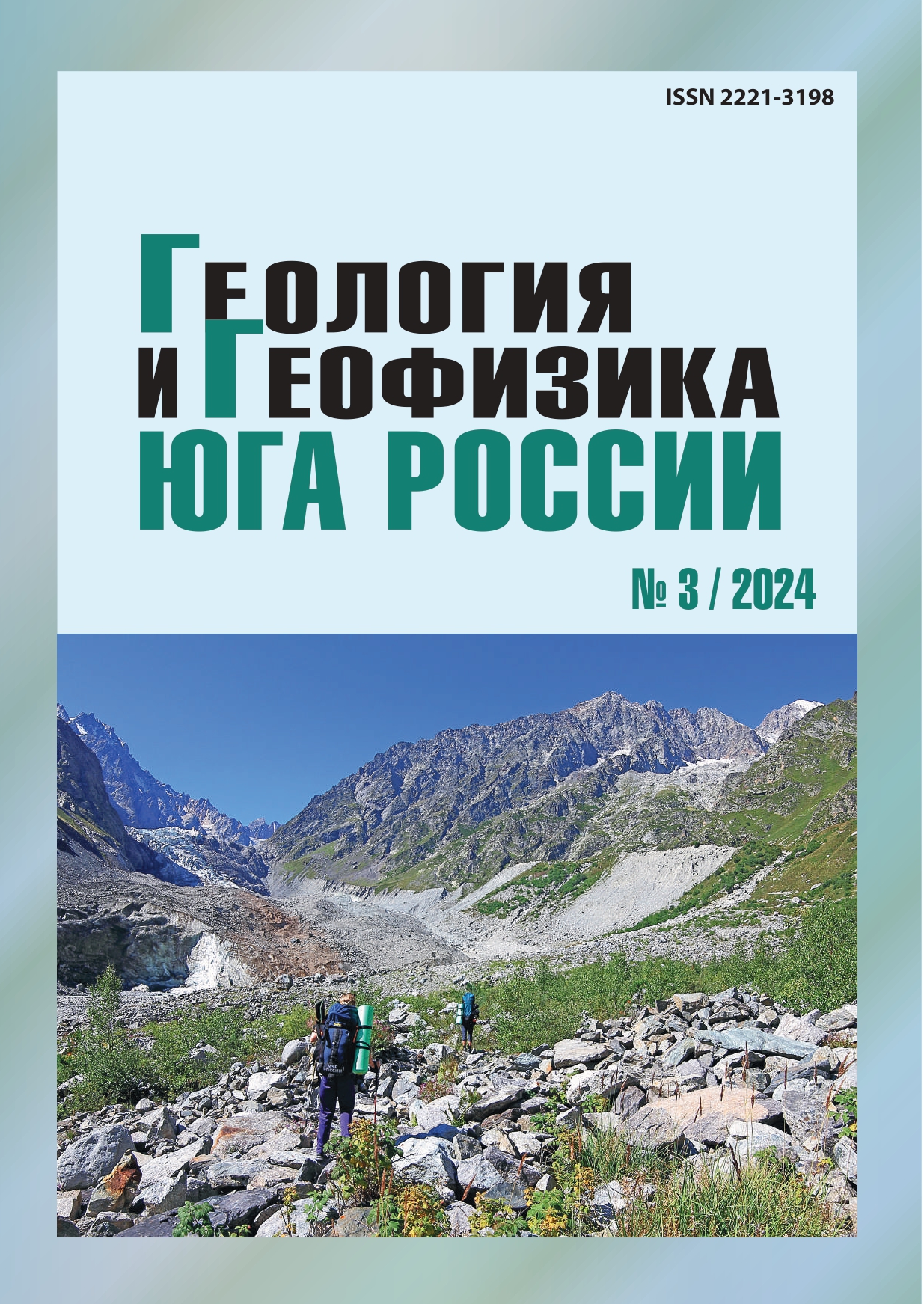Composition and formation conditions of serpentinites in the Bedensky massif (Greater Caucasus)
Abstract
Relevance. Serpentine rocks associated with the Bedensky complex in the tectonic zone of the Greater Caucasus Peredovoy Ridge have been insufficiently characterized by the results of high-precision instrumental studies. The lack of such data hinders the reliable reconstruction of the protolith’s formation and geodynamic setting, thus complicating the analysis of factors influencing the metallogenic socialization of the complex. The objective of the study is to obtain new data on the mineralogical and geochemical characteristics of serpentinites from the Bedensky Massif, and based on this data, to reconstruct the petrogenetic features and geodynamic setting of the apohyperbasites. Research Methods. X-ray diffraction analysis, synchronous thermal analysis, еlectron probe microanalysis, electron microscopy, еlemental analysis of the serpentinites (including the determination of platinum group elements and rare earth elements) was carried out using ICP-MS. Results. Serpentine rocks from the Bedensky massif are represented by chrysotile-lizardite and chrysotile-antigorite varieties, partially containing chrysotile-asbestos vein or mesh mineralization. Accessory chromites occur as zoned grains of alumochromite with ferrichromite rims and well-developed magnetite fringes, less often, groups of larger grains of chromite composition. Alumochromite cores exhibit Cr# values of 0.68 – 0.72 (average ~ 0.70), Mg# values of 0.34 – 0.51 (average ~ 0.42), and TiO2 content ranging from 0.05 to 0.22 wt %. Chromite grains are characterized by Cr# values of 0.76-0.80, Mg# values of 0.55-0.67, and TiO2 content ranging from 0.09 – 0.18 wt%. The typochemical features of chromites indicate a protolith belonging to ultramafic rocks of supra-subduction zone (SSZ) geodynamic settings and depleted substrates typical of fore-arc peridotites. The Cr# – TiO2 ratio suggests compositions characteristic of boninite melt-mantle rock reaction conditions. The REE distribution exhibits a depletion in heavy REEs and is similar to the one observed in peridotites of the Karabash Massif, Ural Mountains. Metamorphic-hydrothermal mineralization in the serpentinites contains native osmium. A sample with chromite mineralization exhibited Pd content up to 0.050 ppm and Au up to 0.013 ppm.


